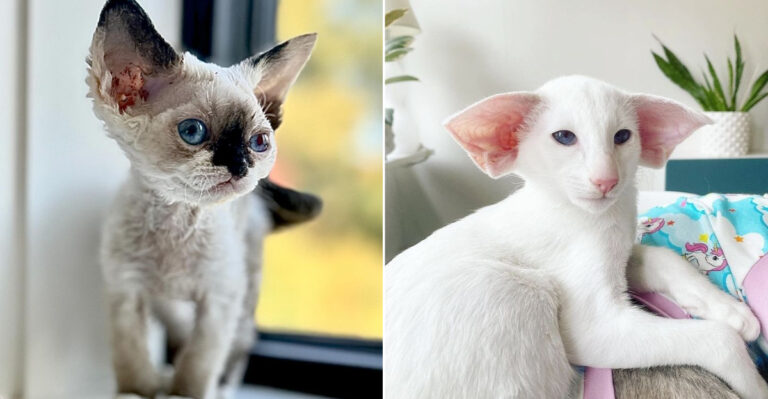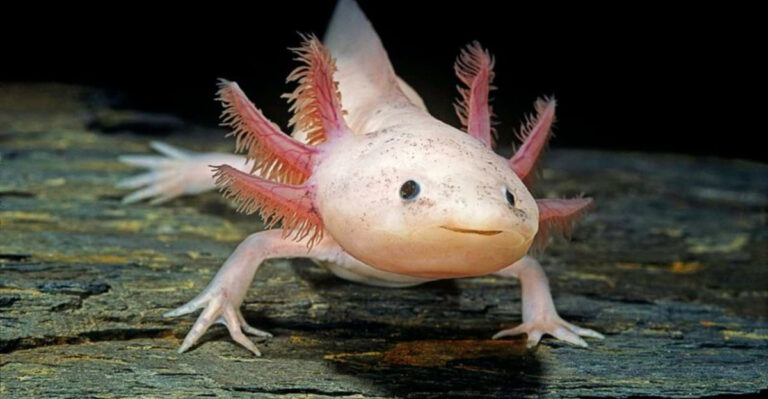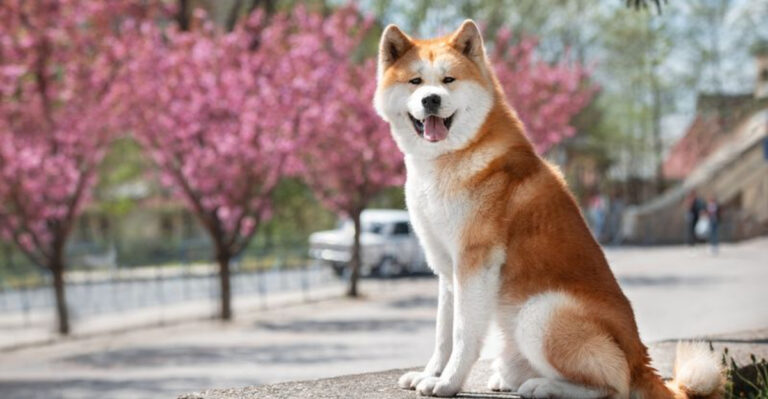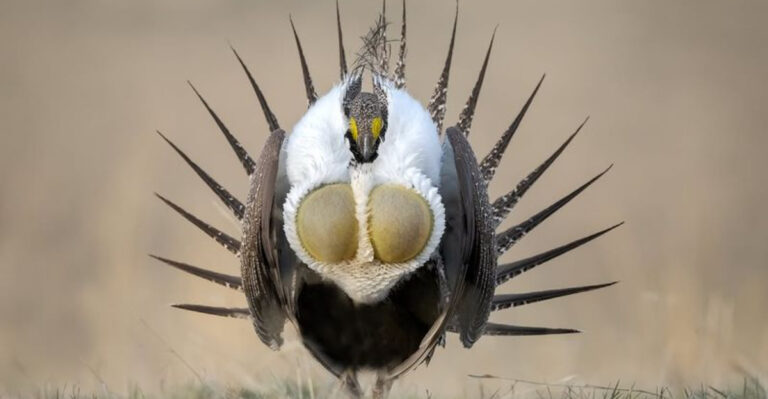17 Key Differences Between The Great Dane And The Mastiff
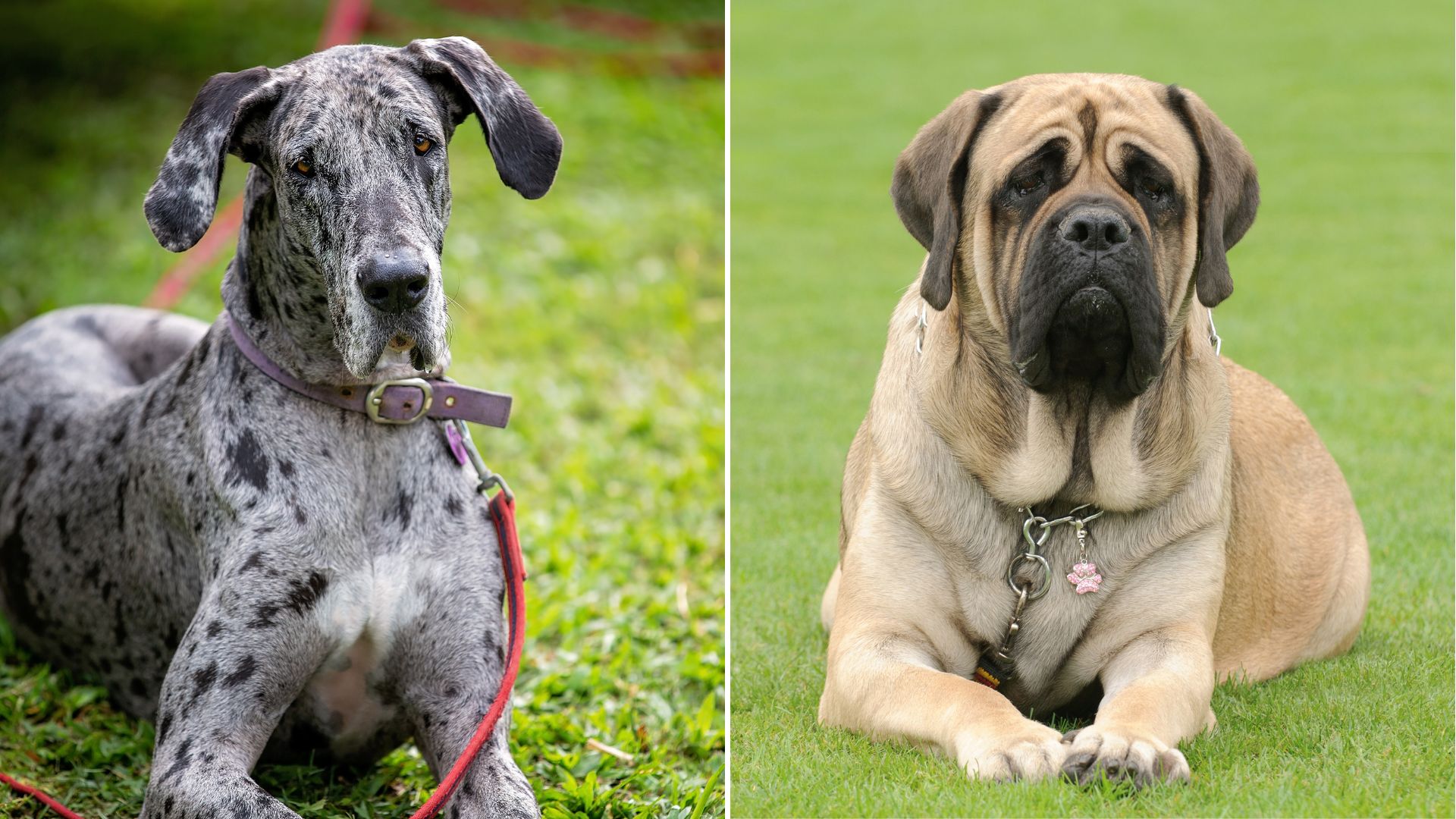
If you’ve ever wondered how these gentle giants stack up against each other, you’re in the right place. Great Danes and Mastiffs are both known for their size, but that’s just the tip of the iceberg. Let’s dive into the quirks, traits, and differences that make each breed unique.
1. Size And Weight
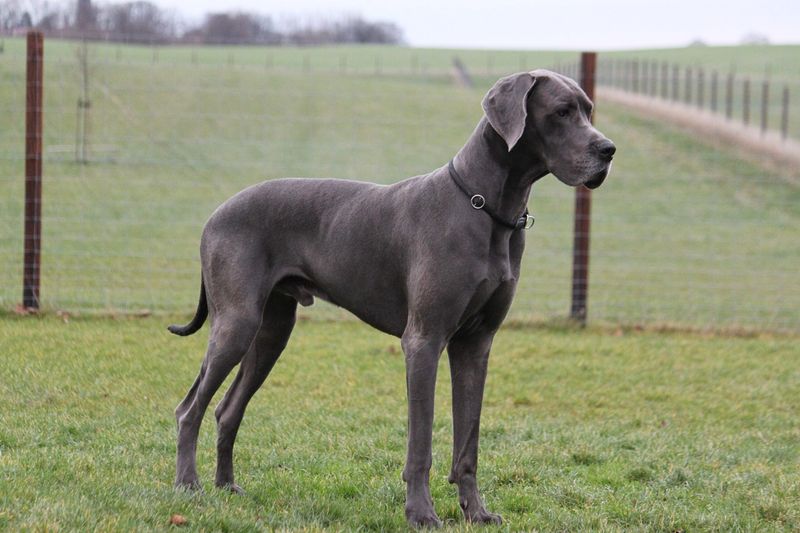
Did you know the Great Dane can tower over some people when on its hind legs? This breed is known for its height, reaching up to 32 inches or more.
In contrast, the Mastiff isn’t quite as tall but packs a heftier punch, often weighing more than a Great Dane. These size differences are significant when considering space and lifestyle needs.
2. Temperament
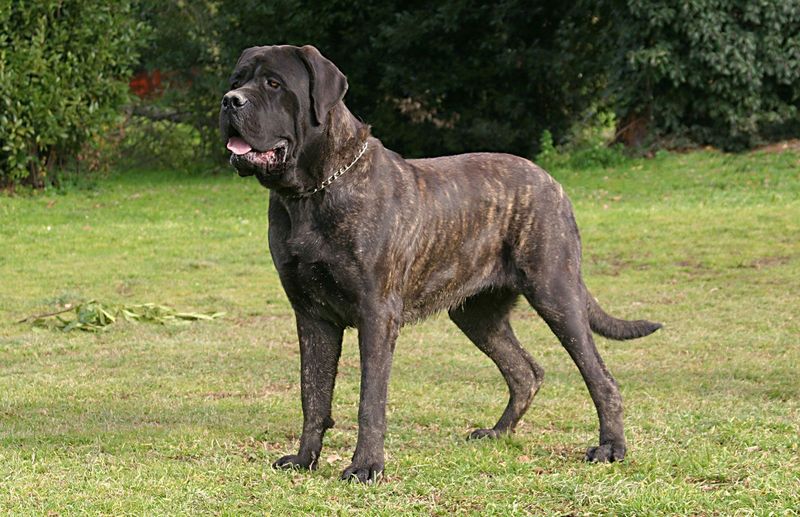
Great Danes are often referred to as the ‘gentle giants’ of the dog world. They are known for their friendly and sociable nature. On the other hand, Mastiffs are typically more reserved and protective.
Their calm demeanor makes them excellent guardians, but they can be aloof with strangers. These contrasting temperaments might influence your choice between the two.
3. Exercise Needs
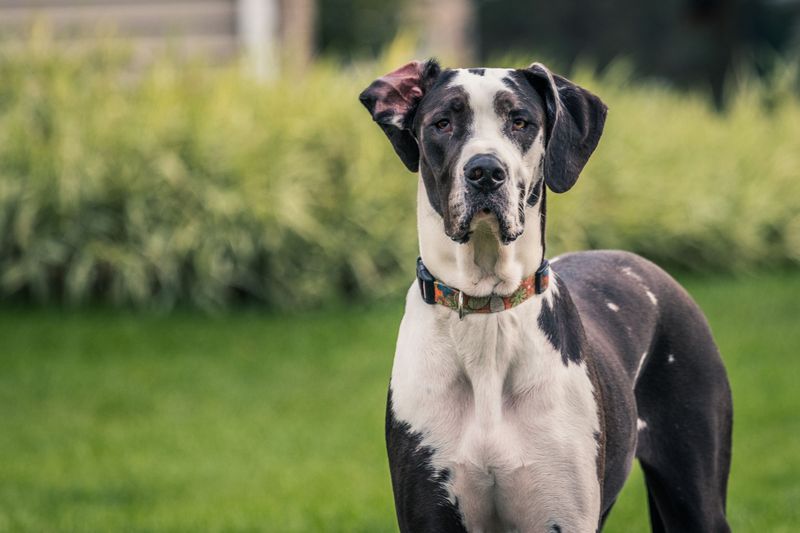
If you love outdoor activities, the Great Dane might be your perfect partner. With their playful energy, they thrive on exercise. Mastiffs, however, prefer a laid-back lifestyle.
They enjoy leisurely walks and might not keep up with high-energy activities. Understanding these differences can help you cater to their unique exercise needs and ensure a happy dog.
4. Lifespan
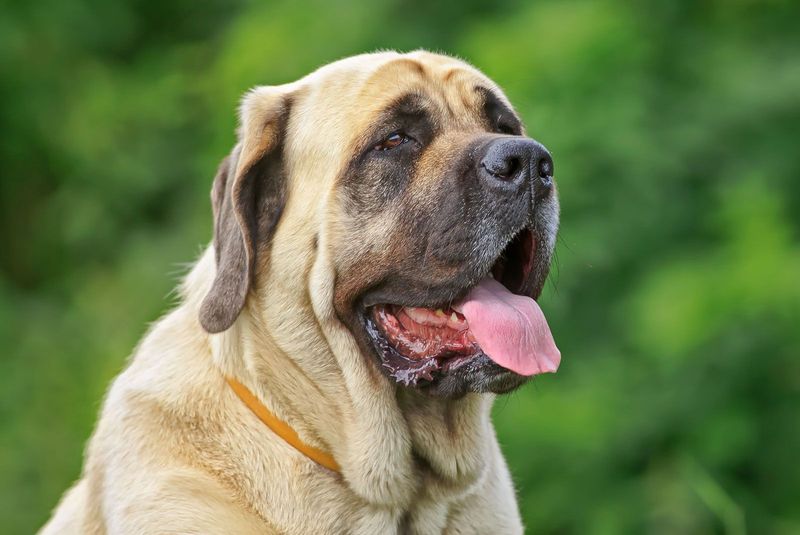
A Great Dane’s life is often shorter, averaging around 7 to 10 years. Mastiffs, although large, might surprise you with a slightly longer lifespan, living up to 12 years.
This difference in longevity can be an essential factor for prospective dog owners who are considering the commitment of time with their furry friend.
5. Coat And Grooming
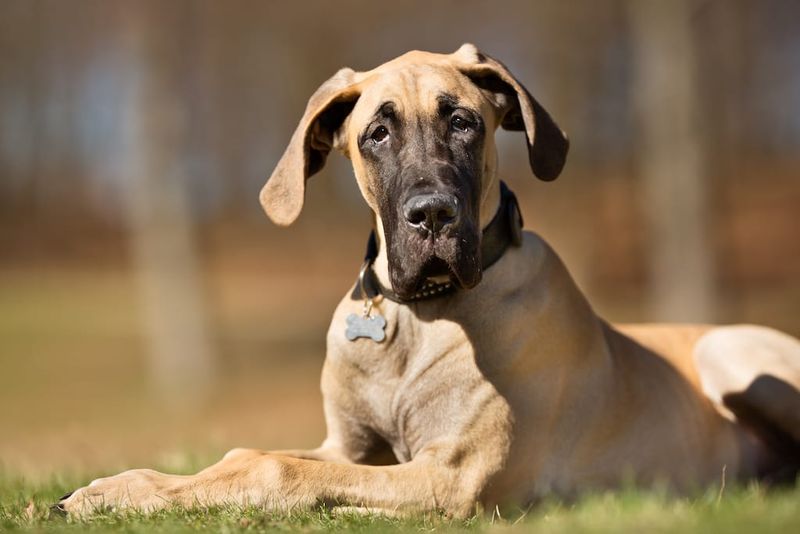
The Great Dane sports a short, smooth coat that’s relatively low-maintenance. Mastiffs, with their distinctively wrinkled skin, require more grooming attention to keep their skin clean and healthy.
These grooming needs vary significantly, which may affect your choice if ease of grooming is a priority for you.
6. Drooling Levels
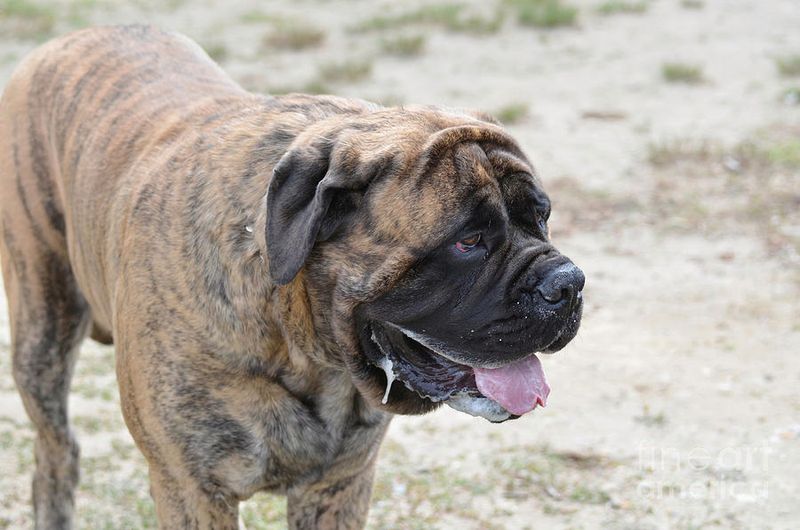
When it comes to drool, there’s a clear winner. Mastiffs are famous for their drooling tendencies, often leaving trails of slobber wherever they go.
Great Danes, while still prone to some drooling, are less so compared to their Mastiff counterparts. If slobber is a concern, this might be something to consider when choosing between the two.
7. Trainability
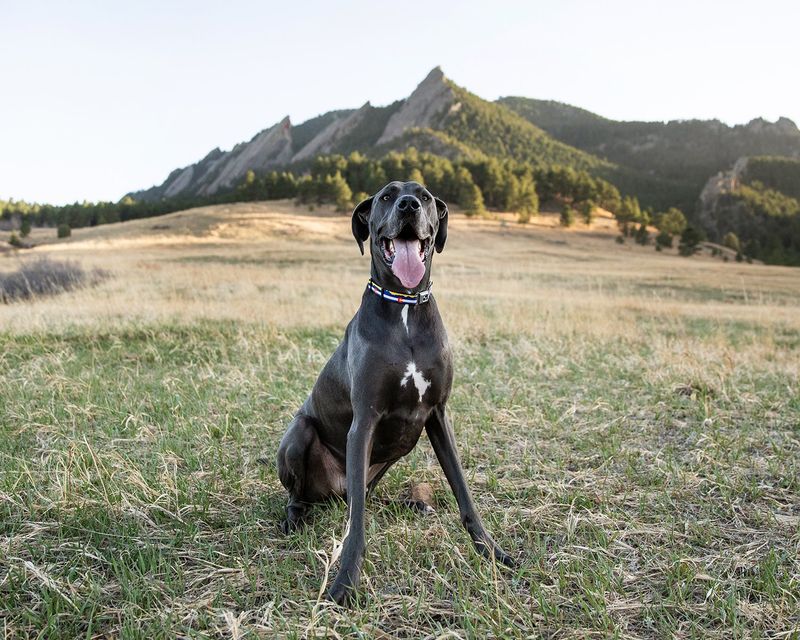
Great Danes are relatively easy to train due to their eager-to-please nature. Mastiffs, however, are more stubborn and require patience and consistency.
Their independent nature means training might take a little longer. Understanding these training differences can help you prepare for the commitment involved in raising a well-mannered dog.
8. Family Compatibility
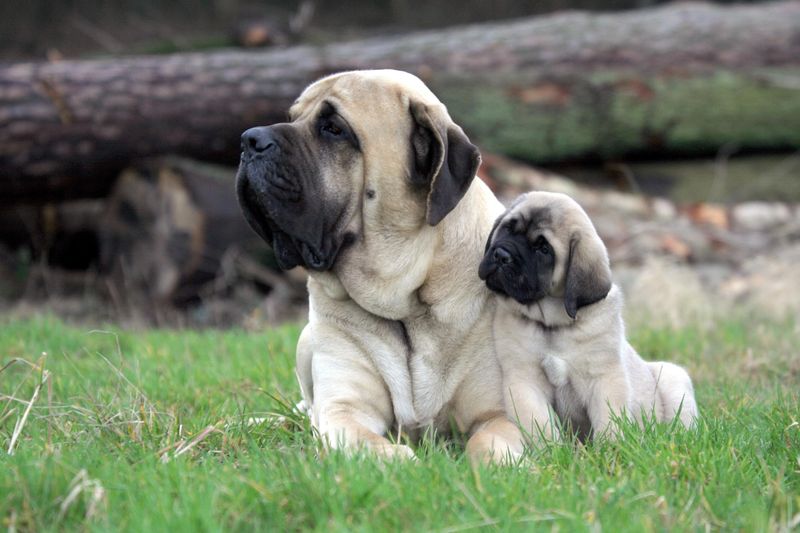
Both breeds are known for their affection towards family members. Great Danes are playful and love to engage with kids, making them fantastic family pets.
Mastiffs are more protective and might be more reserved around strangers. Their protective nature makes them excellent guard dogs, but they do require a family that understands their guarding instincts.
9. Historical Background
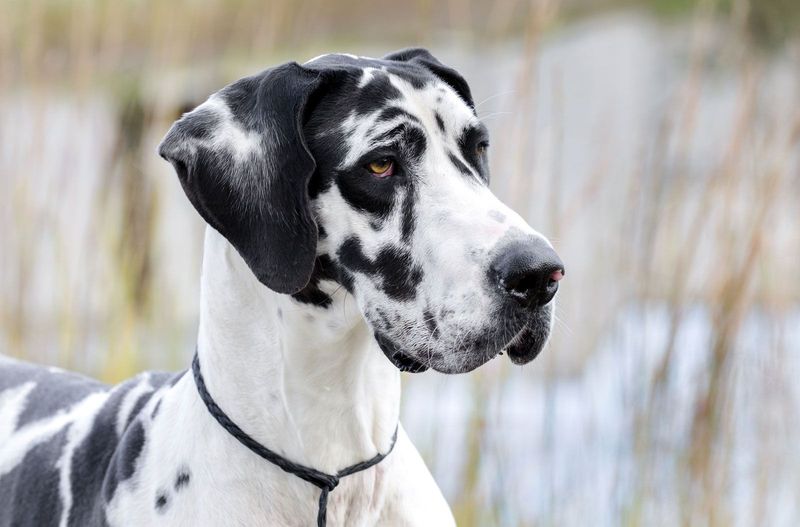
Great Danes have a rich history dating back to ancient China and Egypt, where they were bred for hunting. Mastiffs, on the other hand, were used by the Romans in war and as guard dogs.
These fascinating historical backgrounds highlight their differing roles and might influence your connection to one breed over the other.
10. Barking Levels
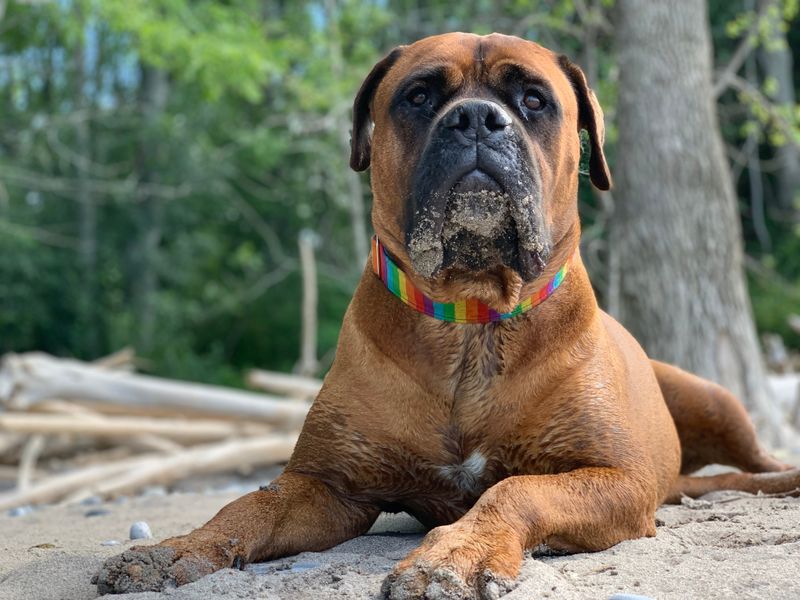
If noise is a factor, Great Danes might appeal to you. They tend to be quieter, barking only when necessary. Mastiffs, in contrast, can be more vocal, using barking as a means to communicate and guard their territory.
These barking tendencies are crucial to consider if you have close neighbors or a preference for a quieter home environment.
11. Health Concerns
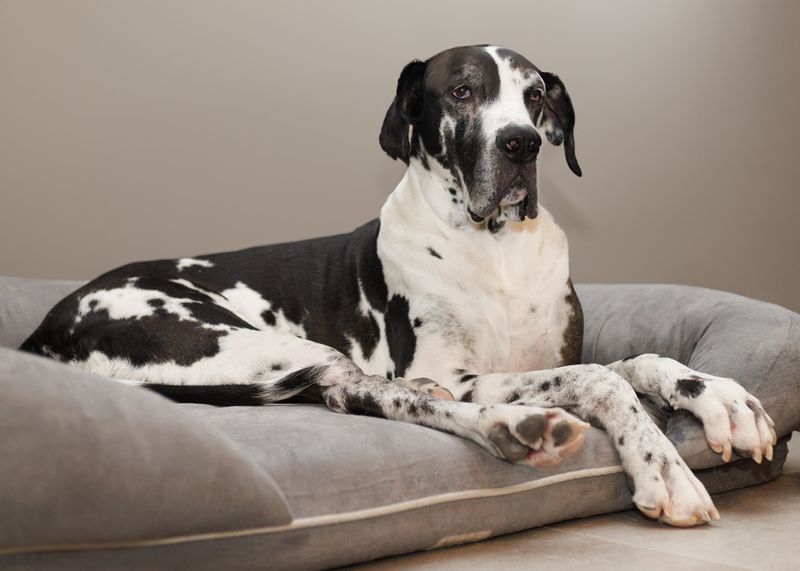
Both breeds are prone to specific health issues. Great Danes can suffer from heart problems and hip dysplasia. Mastiffs are also susceptible to hip dysplasia, along with bloat and eye conditions.
Regular veterinary check-ups and a proper understanding of these health concerns are vital for maintaining their quality of life.
12. Adaptability To Environment
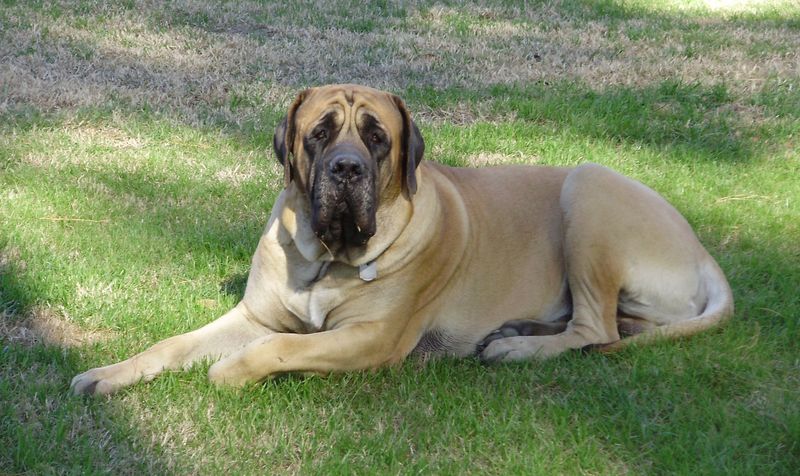
Living conditions matter when choosing a breed. Great Danes can adapt to apartment living if sufficiently exercised. Mastiffs, with their laid-back nature, prefer larger spaces but can adapt if given adequate outdoor time.
Understanding their needs helps ensure your living environment complements their requirements for a happy and healthy life.
13. Dietary Needs
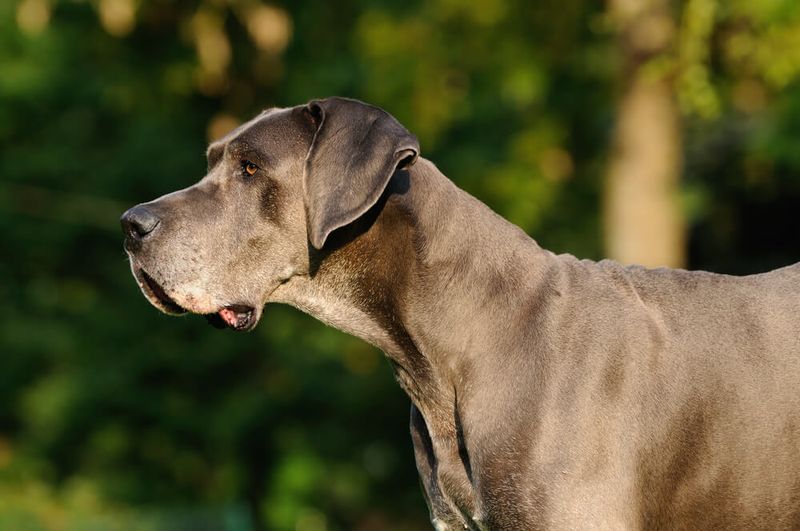
Feeding these big dogs can be a challenge. Great Danes require a high-calorie diet to match their energy levels. Mastiffs, while also needing a nutritious diet, require careful portion control to prevent obesity.
Knowing these feeding differences helps ensure that both breeds receive the right nutrition to maintain their health and vigor.
14. Socialization Requirements
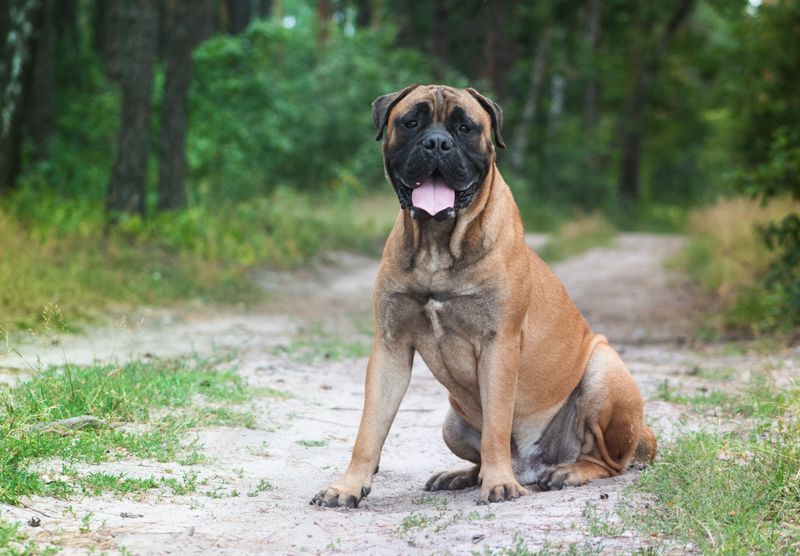
For social butterflies, Great Danes often thrive in social settings, enjoying interaction at dog parks and with visitors.
Mastiffs, with their reserved nature, might require more gradual socialization to ensure they are comfortable around others. This consideration is important for creating a friendly and well-adjusted dog.
15. Cost Of Ownership
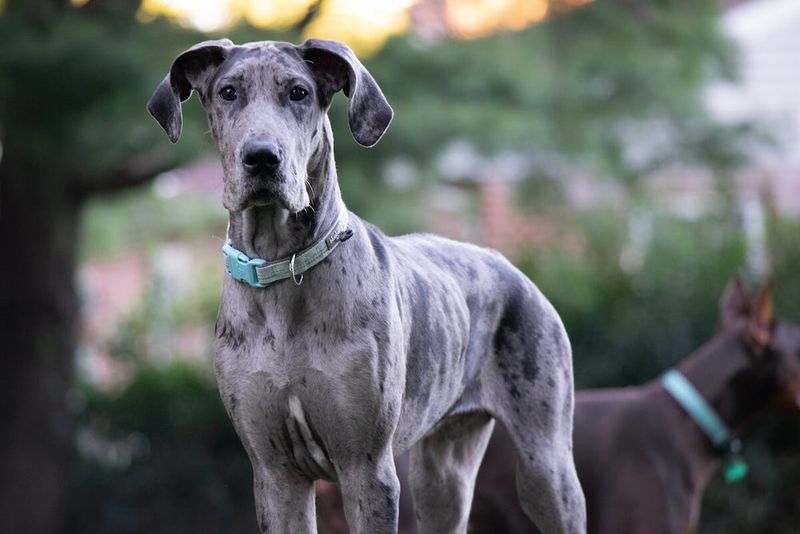
Owning either breed requires a financial commitment. Great Danes can have higher ongoing costs due to their dietary needs and potential health issues.
Mastiffs, while also costly, might incur different expenses due to their grooming and medical needs. Understanding these financial implications ensures preparedness for the lifelong care of these majestic dogs.
16. Energy Levels
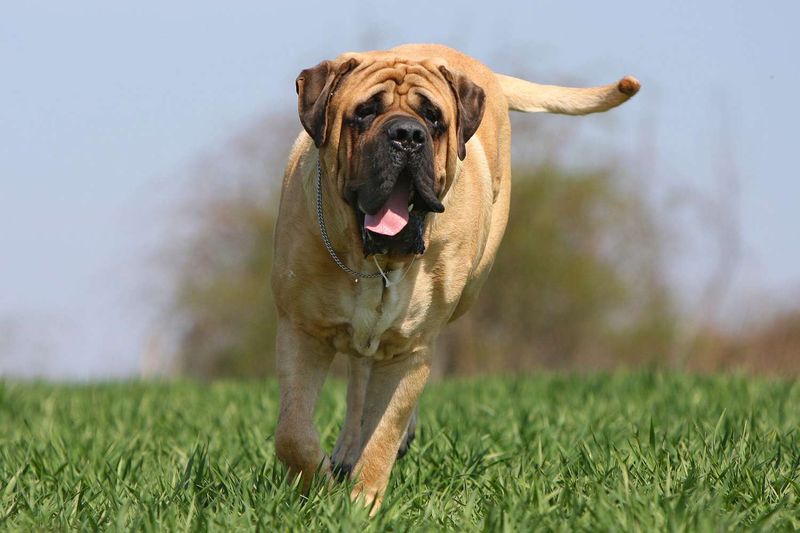
When it comes to energy, Great Danes often have a playful spirit, needing regular exercise to burn off energy. Mastiffs, in contrast, are the ultimate couch potatoes, enjoying relaxed activities.
Recognizing these energy levels helps in planning suitable activities and ensuring both breeds lead fulfilled lives.
17. Unique Features
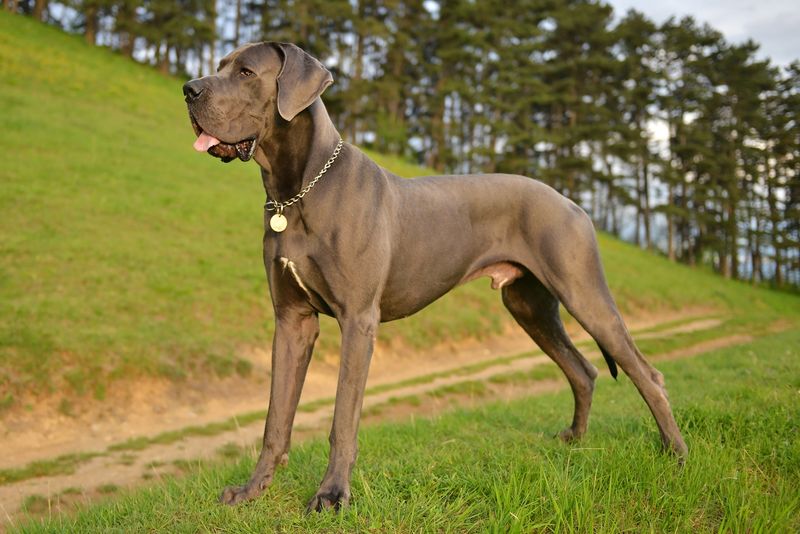
Distinctive features set these breeds apart. Great Danes are known for their striking height and sleek body, often with cropped ears. Mastiffs have a more robust build with iconic, droopy ears.
These unique traits not only influence their appearance but also their care and handling, making each breed special in its way.

